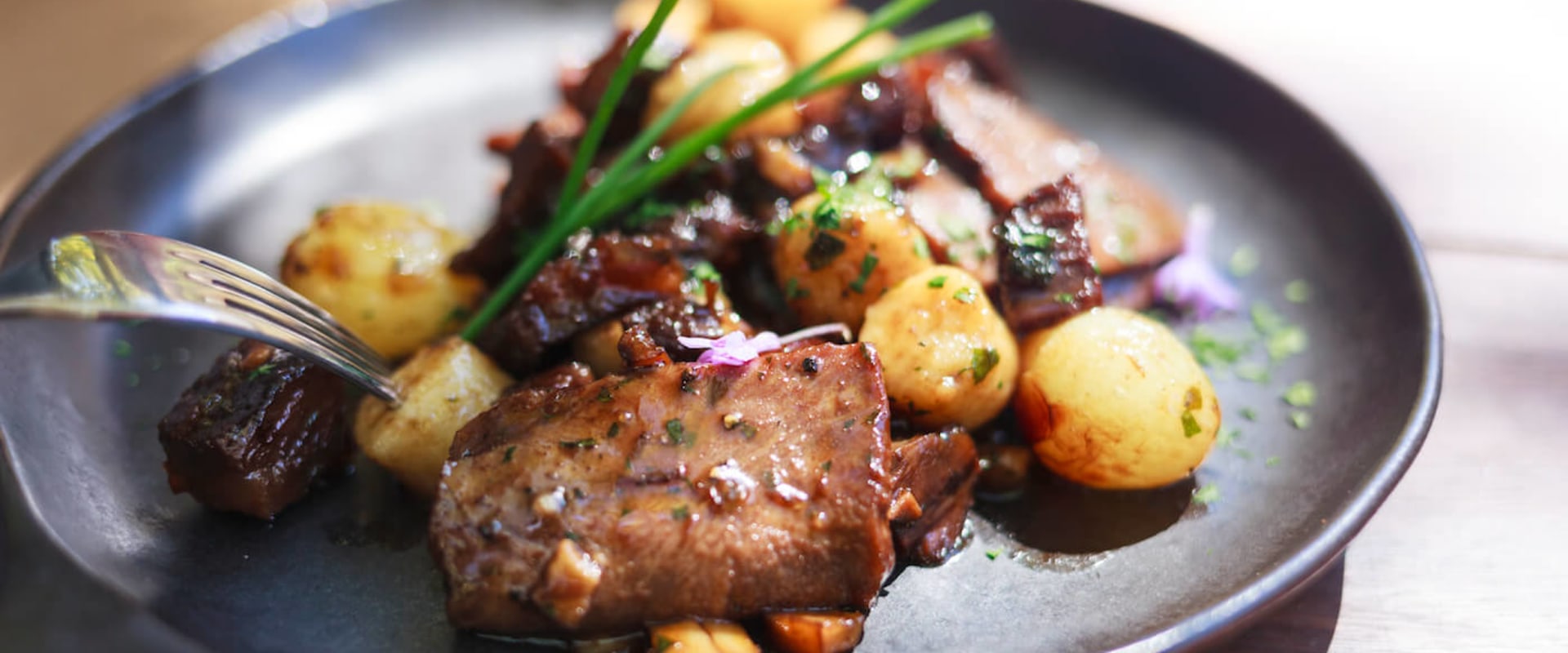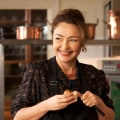Characteristics of haute cuisine When it comes to the ingredients used in a fine-dining establishment, you're likely to only see top-quality meats, dairy products, vegetables and herbs, all from high-quality suppliers. Haute cuisine focuses on the quality of the ingredients rather than the quantity of the food. Often served in moderate portions, the culinary movement was considered a bourgeoisie for society, since most French chefs worked for wealthy and noble customers. The traditions of cooking have been inherited and improved from Careme to Escoffier, through the techniques and experience of La Varenne.
Of course, only the best establishments with the most prepared equipment, using the best ingredients, create haute cuisine. A mid-17th century book, Le Cuisinier Français, which translates into English as The French Chef, offers recipes for some of the elements that are now considered to be the most representative of this type of cuisine. The cuisine was very rich and opulent, with delicious sauces made from butter, cream and flour, the basis of many typical French sauces that are still used today. Haute cuisine was developed to please the most demanding palates with a tasty meal, and a lot of it.
To understand the difference between haute cuisine and nouvelle cuisine, let's first explore what nouvelle cuisine is. As the Guide became more influential and somewhat controversial, Gault published, in 1973, what he called a “manifesto” entitled “The 10 Commandments of the New Kitchen”. He promoted restaurants and chefs across France that broke the rules of haute cuisine and presented foods without heavy sauces in aesthetically pleasing arrangements. For this reason, primitive haute cuisine was accessible to a small demographic group of rich and powerful people.
Nouvelle cuisine was a movement towards conceptualism and minimalism and was a direct juxtaposition with previous haute cuisine styles, which were much more extravagant. And the great restaurants and chefs of French haute cuisine began to adapt their dishes — and their way of thinking — to the times. The kitchen is everything that happens in the kitchen, they are the ingredients, the cooking techniques and the condiments used. In the 1970s, all fine-dining restaurants served new cuisine, and only old-fashioned restaurants followed the old model.
What all fine-dining restaurants have in common is that they offer more than just a meal, they offer an experience. Haute cuisine differed from normal French cuisine by what it was cooked and served, by obtaining top quality ingredients, such as fruit out of season, and by using ingredients that are not usually found in France.




Leave Reply